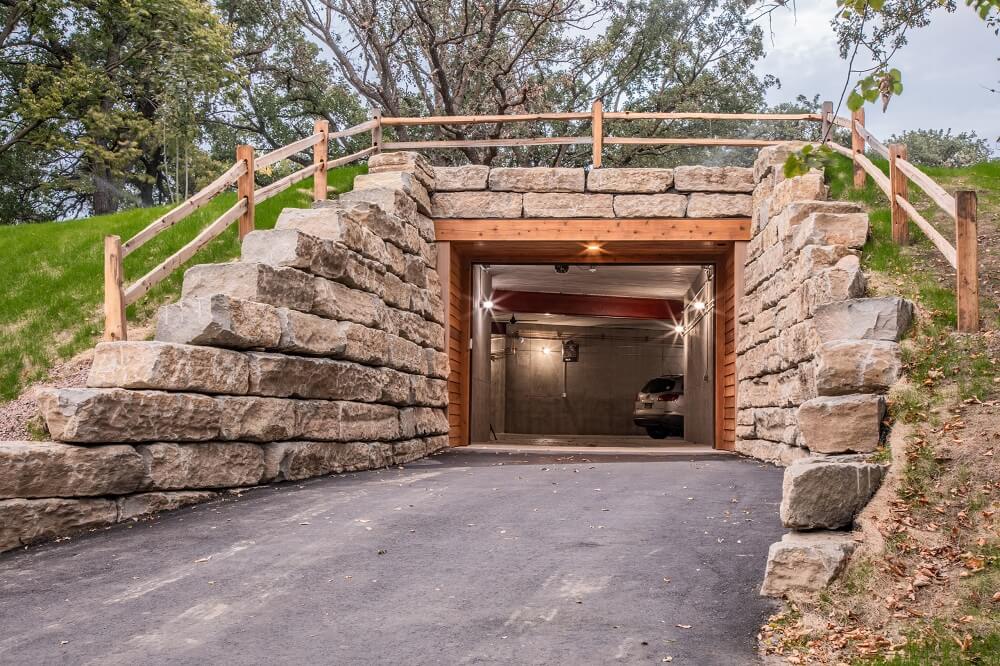A Quick Guide to Underground Garages

When you build a custom home, it’s wise to consider multiple options, from the layout to the finishes. The architecture of your home must be carefully thought out based on how you want to live your everyday life and what you think you will need in the future.
If you are a car owner, you might want to have a safe space for your vehicle. Cars are a significant investment and must be protected from the elements, intruders, and debris. At the same time, you might want easy access to the garage and plenty of space for storage and to perform maintenance. In this post, we take a look at how an underground garage can offer security, value and added space to your home.
Things to Consider Before Breaking Ground
An underground space for your cars must be well-thought in advance. It involves excavation work, regulations, and space management.
Property Landscape
It’s easier to build an underground garage before building the house. However, if you want to add it to an existing building, you can reconvert a basement or do excavation work for a new level underneath the home. If you have enough land and regulations allow it, it’s simpler to dig it next to the house rather than underneath. This is because pinning the building for safety while digging the garage can be costly.
External Risks
Other factors to consider have to do with safety. Check local building regulations for garages. You will most probably need measures against fire and flooding and proper drainage to prevent soil collision and water damage.
Interior Space
The size of your garage and other design elements will depend on the number of vehicles you want to shelter. Your new garage must be sturdy enough to support the weight of the cars. Also, you should consider if your design allows you to leave the garage without having to move other vehicles first.
Slope of Driveway
The exact slope required for your driveway will depend on how much space there is and how tall the cars are.
Retaining Reinforcement
Every excavation work project must have proper reinforcement and foundational supports. Retaining walls are a must with underground garages because of the weight of the soil around them. Retaining walls must be strong enough to prevent collapsing and erosion. Thus, it’s important to work with an experienced contractor when designing and building an underground garage.
Cost Vs. Convenience
Underground garages have clear advantages over above-ground ones. However, they will be more costly because of the expertise required and the extensive excavation work. If you want to build an underground garage from scratch, hire experts who know the details of this type of task. Ask for expert advice as well if you’re considering repurposing a basement since it might need extra support or other added features.
Building Your Garage with Fulton Brickyard
To ensure that your garage stands the test of time, it’s important for you to use only the best materials. Fulton Brickyard is a premier provider of concrete sleepers, pavers and other high-quality construction materials for retaining walls, flooring, and driveways. Contact us today for a free quote!
Image Source: Houzz
- Are Sandstone Paver Walkways Safe for Pets and Children?
- Artificial Turf vs Natural Grass: Which is Better for Your Yard?
- Can You Pressure Wash a Wooden Deck?
- The Benefits of Permeable Pavers in Stormwater Management
- The Importance of Proper Drainage Planning for Your Backyard or Garden
- Common Mistakes to Avoid When Cleaning Sandstone Pavers
- How to Repair Broken or Sunken Pavers
To learn more about the outstanding benefits of our expressive, evocative,
and natural granite pavers call us today on:
